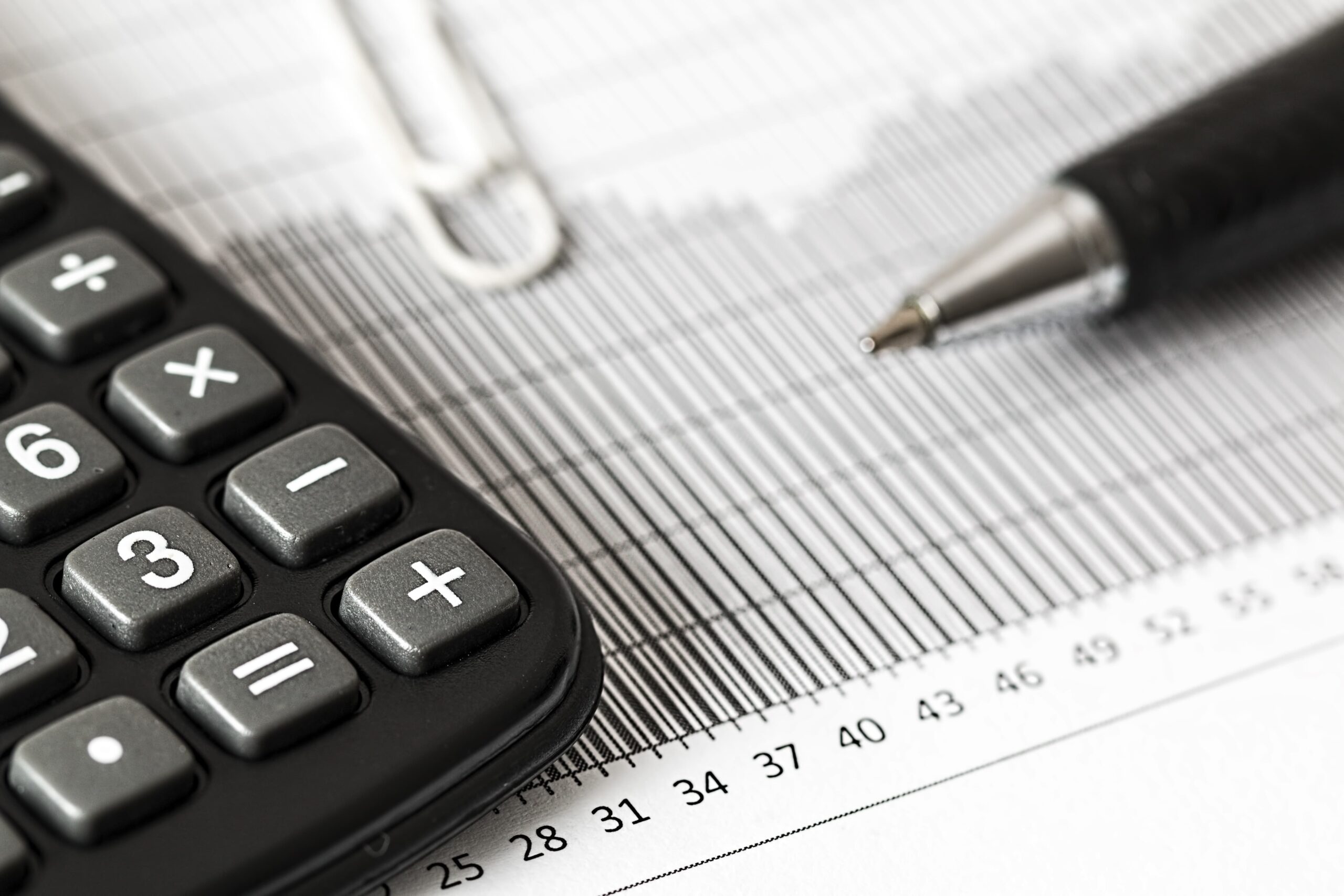Sales tax compliance software can seem like a valuable resource to remote sellers who struggle to calculate what they must collect from customers and remit to some of the more than 10,000 state and local tax jurisdictions around the country. And this kind of automation can work wonders – when it works right.
In our recent survey of finance pros, 84% of respondents using software to manage sales tax report that their software does not handle the entire sales tax process. With cities, counties and states having their own tax rates and taxability rules changing constantly, it can seem almost impossible for you to add the correct sales tax to your invoice or e-shopping cart, especially for a more complex organization.
How to know the best sales tax calculator solution for your business? And how do you spot when an automated solution isn’t the complete answer?
Basic requirements
You may be tempted to go the easy route when determining how best to manage your sales tax requirements.
The “easy route” is buying software that claims to automate the entire process.
Compliance automation typically collects such information as a customer’s location, the dollar amount of the sale and the product or service sold. The software then determines if sales tax is applicable and at what rate, then calculates the sales tax due and returns this to the invoicing/e-comm site for presentation on the invoice or the web page. But to start, without personal verification of business activities occurring in every ZIP code in every state, this software has a serious blind spot (and so do you).
On the surface, it may also seem to make sense that your sales tax calculation software can also handle the rest of the compliance process. But here are some key questions to ask.
Do I need software to calculate my sales tax? Am I selling in too many jurisdictions that have too many varying rates and taxability rules to feel comfortable that I’m compliant?
What software solution best fits my business? Most sales tax calculation software is delivered today via software-as-a-service (SaaS), integrating with a company’s invoicing or ERP system.
Can a given software perform this integration with your processes?
Can the sales tax calculation software also file the sales tax returns? Some solutions provide an “auto-file” capability to file returns, which sounds effortless until you realize that a true filing and remittance compliance process requires expertise and human oversight to watch for errors and account for ongoing changes in your business and your ever-evolving sales and use tax compliance landscape. (Failure to provide thorough oversight can open your company to liability.) You also need a process to gather sales tax and sales data each month and reconcile this to your G/L before you start filing.
Your automated system also needs to handle:
- Sales tax data reports that can change as your business adds new products, acquires or loses nexus in jurisdictions or acquires new companies.
- A sales tax calendar that reflects where your business is registered for sales tax purposes, the filing frequency of each return, the e-file login credentials and other state-specific information.
- Online and paper returns. Almost every state has an option to file online and pay electronically. Local jurisdictions, though, often require paper returns and checks.
- Management of notices from jurisdictions, some of which will be important and some routine. But you have to keep track of them all.
- Controls, if you’re a public company or have various financial covenants and need to thoroughly document your sales tax compliance process.
Calculation vs. compliance
Many businesses get stuck working with a vendor that sells them a one-size-fits-all solution but end up with a load of work still on their plate.
Companies may also face sales claims that artificial intelligence can scan and instantly deliver reams of the newest sales tax changes in thousands of jurisdictions.
Among other uses, AI can sift volumes of tax-related data, including transactions and filing information, can help troubleshoot reconciliations, improve forecasts and head off problems that could eventually lead to a sales tax audit. Whether AI lives up to this promise right now is subject to doubt. For instance, reporting taxes that aren’t calculated within the sales tax automation solution and not added to an invoice can still include the Washington Business and Occupations tax.
Other potential problems with automation include handling of sales tax exemptions; the wrong software can turn this into a years-long wrangle. Automation also doesn’t always know how your sales tax nexus is determined, understanding the taxability of your various products/services and recognizing whether there are any exemptions or reduced tax rates that apply to your business.
Technology might also be able to help you determine economic nexus based on bright-line distinctions, but reviewing a potential physical nexus is very fact-driven and nebulous.
Not to mention your sales through marketplace facilitators such as Amazon. These scenarios are among many that need human oversight beyond just automation – and again, the wrong oversight can open your company to great sales tax liabilities.
Automated systems are most effective when the rules and the processes to follow are clear-cut. This is seldom the case with sales tax compliance. Nuances, risk tolerances, changing invoicing systems, new e-commerce platforms, new product launches and many other factors can all lead to a dynamic compliance obligation.
Your fundamental question: Do you want to risk your compliance to automation?
Sales tax compliance isn’t getting any easier, and if you’re looking for a way to get it off your back, talk to us. Contact us to learn more.
Disclaimer: This story is auto-aggregated by a computer program and has not been created or edited by finopulse.
Publisher: Source link








